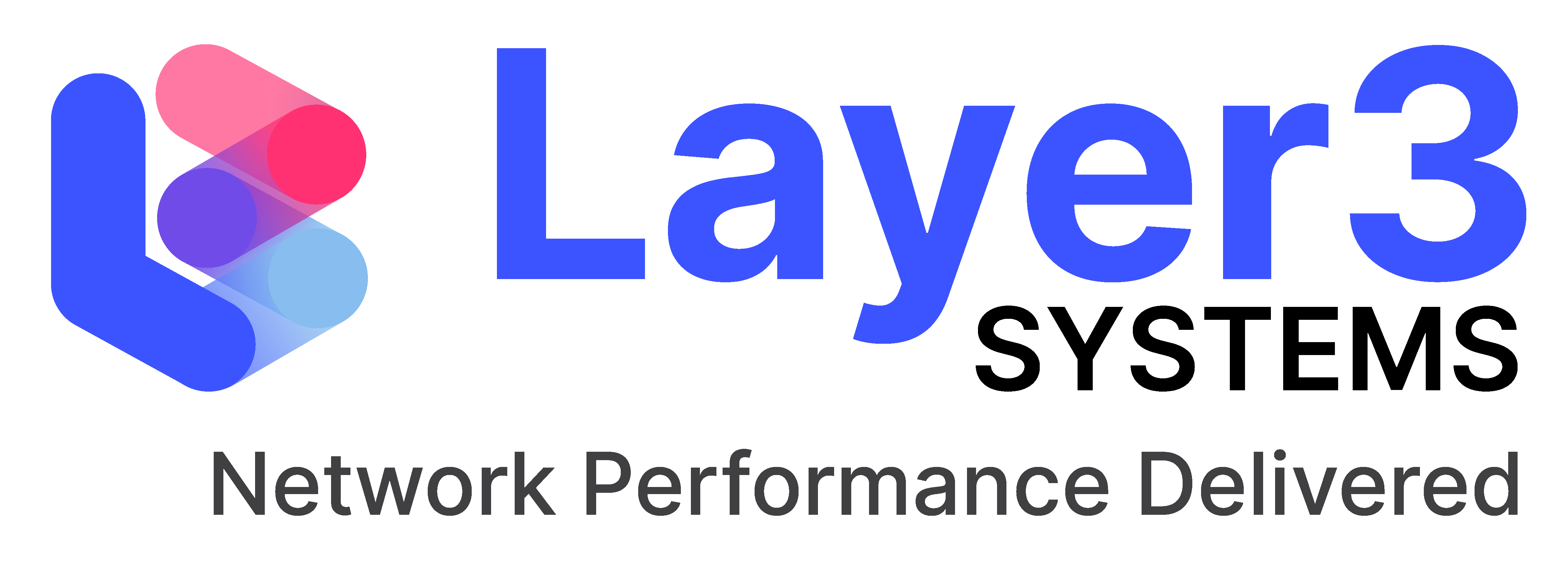Understanding your network performance
Network and information technologies are changing on a daily basis. Even a network that is only 3 years old can suffer from bottlenecks, software issues and design weaknesses that can impact efficiency. If your network performance is wavering, it could be time for a review of network operation. This is essential for ensuring that your company can maintain its competitive advantage.
In this blog post, we look at the importance of understanding the efficiency, performance and security of a network as a step towards delivering more network performance.
The importance of efficiency
Network efficiency will be a significant factor in your company’s overall performance. If your networks and systems are under performing it will hold your company back. As the organisation continues to grow, the demands placed on the network will likely expand. More customers and employees will eventually push the network design to its limits and whilst it will probably keep operating, it’s efficiency will drop impacting every use of the network. Developing your business without also improving your infrastructure’s capacity and performance has a serious impact, potentially leading to network outages or system overloads and crashes.
How age affects network performance
Networks become less reliable over time. This deterioration is driven by the quality of software within the fabric of the network, the changing low-level protocols within the network and how servers and applications are loading the network. Looking at how the network is performing against its original design and how it is now being used, is a good way to understand how the network has aged during its lifetime.
This allows you the freedom to look at how you can improve the design and operation of the network. This can be as simple as tuning configuration across the network, or sometimes it is an opportunity to carry out significant upgrades.
Other factors can include problems with servers where the latest software somehow impacts the network. Sometimes the latest innovations can provide more security, performance or convenience, however they can also introduce new problems.
Understanding your networks “normal” operation allows you to spot abnormal operation and to identify trends.
You are then in a good position to decide if the answer is a series of small incremental improvements or if you need to rethink part or the whole of your network design.
With careful review and timely maintenance, your network will invigorate your business and be fit for purpose always.
Older networks are less secure
As networks age they tend to become less secure. This is usually down to a combination of factors, the main two are; faults or bugs in the network software that can leave a site vulnerable to attack and slowly these vulnerabilities become better known and more easily exploitable with worms and viruses. In technical terms “the attack paths increase”, the number of “automated programmes” that can exploit security flaws increases and the number of criminals willing and able to use them increases.
Understanding the current security model, in particularly what are you trying to protect and how are you achieving that, is key to ensuring your network stays secure.
A key strategy to keep older networks secure is to use “defence in depth”. This is a technique where multiple layers of security work to disable software attacks and to keep the network and systems safe.
Keeping your software up to date and upgrading your system is essential in keeping your network secure and safe at all times.
Should you replace your network?
If your network is over three years old, it’s definitely worth carrying out an in depth review and considering an upgrade. This will allow you to grow your business further without worrying about system strain – while also improving your digital security. Layer3 Systems specialises in monitoring network performance and would be pleased to advise you on when and how to upgrade or replace your system – get in touch to learn more.

